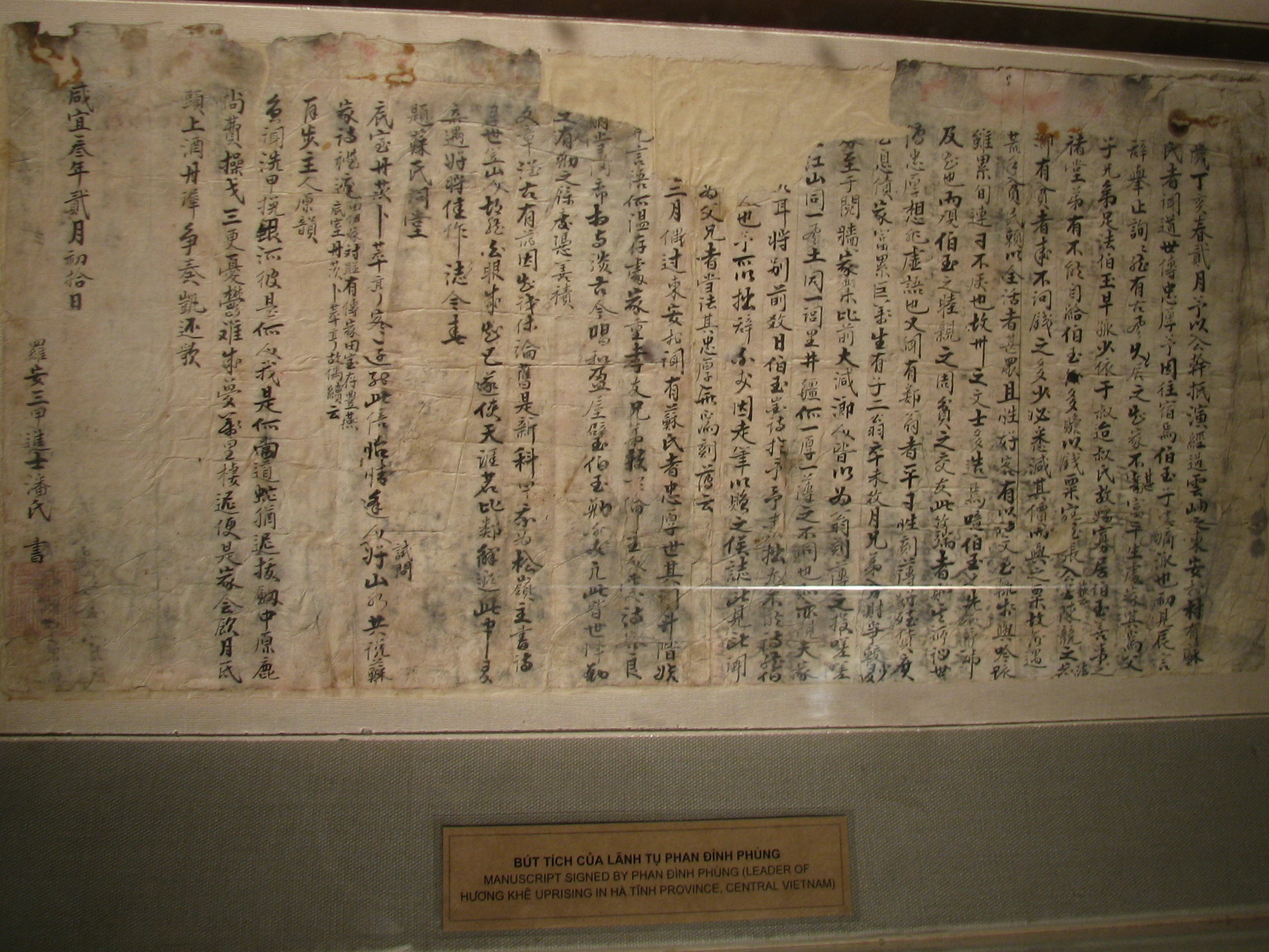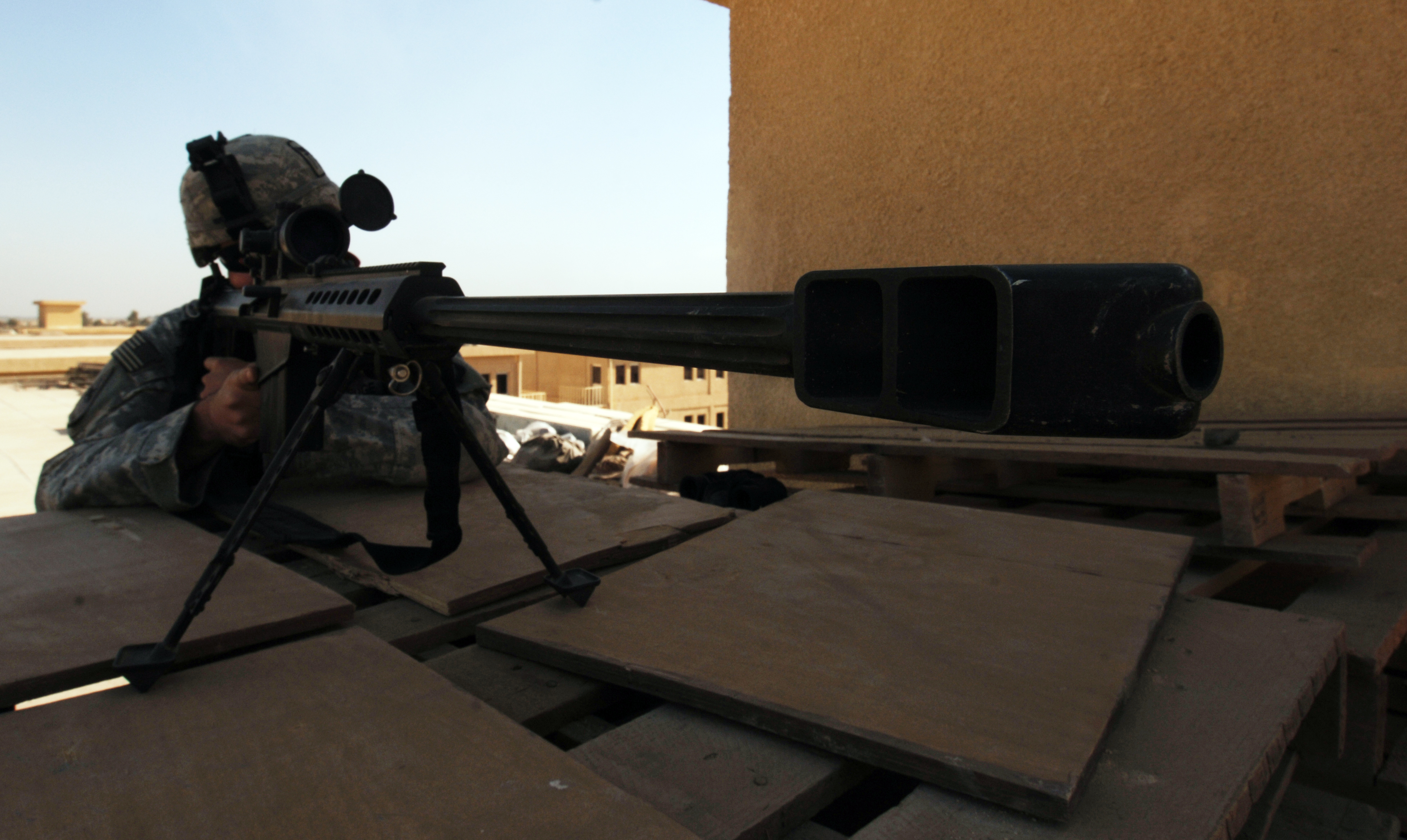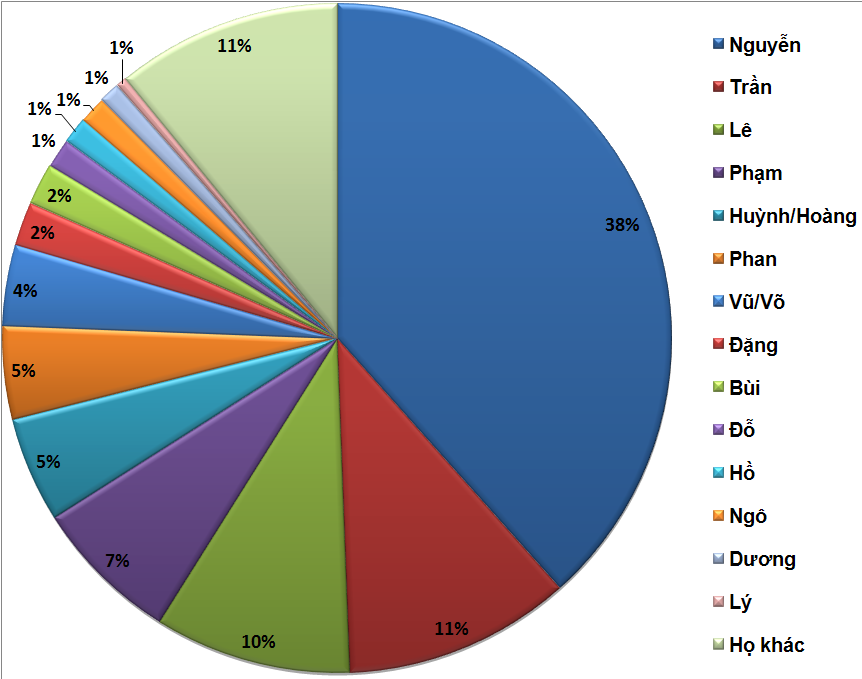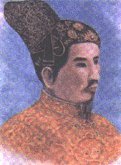|
Nguyễn Trung Trực
Nguyễn Trung Trực (183827 October 1868), born Nguyễn Văn Lịch, was a Vietnamese fisherman who organized and led village militia forces which fought against French colonial forces in the Mekong Delta in southern Vietnam in the 1860s. He was active in Tân An (now part of Long An Province) and Rạch Giá (now part of Kiên Giang Province) from the initial French invasion until he was captured and executed. Biography Nguyễn Trung Trực was born in 1838 in Nghề hamlet, Bình Nhựt village, Cửu Cư Hạ canton, Cửu An district, Tân An fu, Gia Định province (now is Nghề hamlet, Thạnh Đức commune, Bến Lức district, Long An province). His grandfather was Nguyễn Văn Đạo, his father was Nguyễn Văn Phụng (people called Thăng or Trường) and his mother was Lê Kim Hồng. When he was young, he had the name "Chơn". His name Chơn, along with his straightforward personality, so he was given another name Trung Trực (straightforward) fro ... [...More Info...] [...Related Items...] OR: [Wikipedia] [Google] [Baidu] |
Phan Đình Phùng
Phan Đình Phùng (; 1847January 21, 1896) was a Vietnamese revolutionary who led rebel armies against French colonial forces in Vietnam. He was the most prominent of the Confucian court scholars involved in anti-French military campaigns in the 19th century and was cited after his death by 20th-century nationalists as a national hero. He was renowned for his uncompromising will and principles—on one occasion, he refused to surrender even after the French had desecrated his ancestral tombs and had arrested and threatened to kill his family. Born into a family of mandarins from Hà Tĩnh Province, Phan continued his ancestors' traditions by placing first in the metropolitan imperial examinations in 1877. Phan quickly rose through the ranks under Emperor Tự Đức of the Nguyễn dynasty, gaining a reputation for his integrity and uncompromising stance against corruption. Phan was appointed as the Imperial Censor, a position that allowed him to criticise his fellow m ... [...More Info...] [...Related Items...] OR: [Wikipedia] [Google] [Baidu] |
Vietnam
Vietnam, officially the Socialist Republic of Vietnam (SRV), is a country at the eastern edge of mainland Southeast Asia, with an area of about and a population of over 100 million, making it the world's List of countries and dependencies by population, fifteenth-most populous country. One of two communist states in Southeast Asia, Vietnam shares land borders with China to the north, and Laos and Cambodia to the west. It shares Maritime boundary, maritime borders with Thailand through the Gulf of Thailand, and the Philippines, Indonesia, and Malaysia through the South China Sea. Its capital is Hanoi and its largest city is Ho Chi Minh City. Vietnam was inhabited by the Paleolithic age, with states established in the first millennium BC on the Red River Delta in modern-day northern Vietnam. Before the Han dynasty's invasion, Vietnam was marked by a vibrant mix of religion, culture, and social norms. The Han dynasty annexed Northern and Central Vietnam, which were subs ... [...More Info...] [...Related Items...] OR: [Wikipedia] [Google] [Baidu] |
Sniper
A sniper is a military or paramilitary marksman who engages targets from positions of concealment or at distances exceeding the target's detection capabilities. Snipers generally have specialized training and are equipped with telescopic sights. Modern snipers use high-precision rifles and high-magnification optics. They often also serve as scouts/ observers feeding tactical information back to their units or command headquarters. In addition to long-range and high-grade marksmanship, military snipers are trained in a variety of special operation techniques: detection, stalking, target range estimation methods, camouflage, tracking, bushcraft, field craft, infiltration, special reconnaissance and observation, surveillance and target acquisition. Snipers need to have complete control of their bodies and senses in order to be effective. They also need to have the skill set to use data from their scope and monitors to adjust their aim to hit targets that are extremely f ... [...More Info...] [...Related Items...] OR: [Wikipedia] [Google] [Baidu] |
Nguyen Trung Truc
Nguyễn (阮) (sometimes abbreviated as Ng̃) is the most common surname of the Vietnamese people. Outside of Vietnam, the surname is commonly rendered without diacritics as ''Nguyen''. By some estimates 30 to 39 percent of Vietnamese people bear this surname.Lê Trung Hoa, ''Họ và tên người Việt Nam'', NXB Khoa học - Xã hội, 2005 Origin and usage is the transcription of the Sino-Vietnamese pronunciation of the character 阮, which originally was used to write a name of a state in Gansu or ruan, an ancient Chinese instrument. The same Chinese character is often romanized as in Mandarin and as in Cantonese. The first recorded mention of a person surnamed Nguyễn is a description dating AD 317, of a journey to Giao Châu undertaken by Eastern Jin dynasty officer Nguyễn Phu and his family. Many events in Vietnamese history have contributed to the name's prominence. In 1232, after usurping the Lý dynasty, Trần Thủ Độ forced the descendants of th ... [...More Info...] [...Related Items...] OR: [Wikipedia] [Google] [Baidu] |
Fire Lance
The fire lance () was a gunpowder weapon used by lighting it on fire, and is the ancestor of modern firearms. It first appeared in 10th–12th century China and was used to great effect during the Jin-Song Wars. It began as a small pyrotechnic device attached to a polearm weapon, used to gain a shock advantage at the start of a melee. As gunpowder improved, the explosive discharge was increased, and debris or pellets added, giving it some of the effects of a combination modern flamethrower and shotgun, but with a very short range (about ), and only one shot (although some were designed for two shots). By the late 13th century, fire lance barrels had transitioned to metal material to better withstand the explosive blast, and the lance-point was discarded in favor of relying solely on the gunpowder blast. These became the first hand cannons. Design The first fire lances consisted of a tube, usually bamboo, containing gunpowder and a slow match, strapped to a spear or other pol ... [...More Info...] [...Related Items...] OR: [Wikipedia] [Google] [Baidu] |
Biên Hòa
Biên Hòa (Northern accent: , Southern accent: ) is the capital city of Đồng Nai Province, Vietnam, and is part of the Ho Chi Minh City metropolitan area. Situated northeast of Ho Chi Minh City (also known as Saigon), Biên Hòa is connected to it via Hanoi Highway (part of National Route 1). As a class-1 provincial city, it is the sixth largest city in Vietnam by population. Geography Topography Biên Hòa spans 264 square kilometers of midland terrain in western Đồng Nai Province. The majority of the city is situated to the east of the Đồng Nai River. Biên Hòa shares its borders with: * Trảng Bom district to the east * Bình Dương Province to the west * Long Thành district and Ho Chi Minh City to the south * Vĩnh Cửu district to the North Administrative divisions Biên Hòa has 30 divisions (29 wards and 1 commune), including: Demographics In 1989, Biên Hòa's population was estimated at 273,879. By 1999, it had grown to 435,400 and reached 701 ... [...More Info...] [...Related Items...] OR: [Wikipedia] [Google] [Baidu] |
Gò Công
Gò Công is a provincial city (''thành phố thuộc tỉnh'') of Tiền Giang province in the Mekong Delta region of Vietnam. The city of Gò Công is not to be confused with East Gò Công and West Gò Công Districts ( and ) which also belong to the Tiền Giang Province. The Royal Mausoleums Gò Công City is characterized by its numerous canals, orchards, and fields. It is notable for the Lang Hoang Gia (Royal Mausoleums), an ancient architectural complex. The mausoleum complex is situated in Long Hung Commune, in Gò Công Town, near National Highway 50, approximately 30 kilometers from Mỹ Tho Town. This site serves as the burial place for members of the Pham Dang lineage, a prominent clan of mandarins and courtiers in the southern region during the 18th and 19th centuries. The complex The mausoleums for the deceased aristocrats are constructed facing each other on both sides of a road, covering an area of nearly 3,000 square meters. The complex is enclosed by a w ... [...More Info...] [...Related Items...] OR: [Wikipedia] [Google] [Baidu] |
Trương Định
Trương Định (1820 – August 19, 1864), sometimes known as Trương Công Định, was a mandarin (bureaucrat), mandarin (scholar-official) in the Nguyễn dynasty of Vietnam under Emperor Tự Đức. He is best known for leading a guerrilla warfare, guerrilla army in southern Vietnam against Conquest of Cochinchina, French forces in defiance of the emperor. He refused to recognise the 1862 Treaty of Saigon (1862), Treaty of Saigon that ceded Vietnamese territory to France. The son of a military mandarin from central Vietnam, Định moved south when his father was posted to Gia Định as the provincial commander. Định grew up to lead a military colony, overseeing the settlement and economic development of his constituency. He gained a reputation for being an able leader and land developer who cared for his people. When France began its invasion of southern Vietnam in 1859, Định organised local militia to reinforce the imperial army. As the regular army units suf ... [...More Info...] [...Related Items...] OR: [Wikipedia] [Google] [Baidu] |
Artillery
Artillery consists of ranged weapons that launch Ammunition, munitions far beyond the range and power of infantry firearms. Early artillery development focused on the ability to breach defensive walls and fortifications during sieges, and led to heavy, fairly immobile siege engines. As technology improved, lighter, more mobile field artillery cannons were developed for battlefield use. This development continues today; modern self-propelled artillery vehicles are highly mobile weapons of great versatility generally providing the largest share of an army's total firepower. Originally, the word "artillery" referred to any group of soldiers primarily armed with some form of manufactured weapon or armour. Since the introduction of gunpowder and cannon, "artillery" has largely meant cannon, and in contemporary usage, usually refers to Shell (projectile), shell-firing Field gun, guns, howitzers, and Mortar (weapon), mortars (collectively called ''barrel artillery'', ''cannon artil ... [...More Info...] [...Related Items...] OR: [Wikipedia] [Google] [Baidu] |
Small Arms
A firearm is any type of gun that uses an explosive charge and is designed to be readily carried and operated by an individual. The term is legally defined further in different countries (see legal definitions). The first firearms originated in 10th-century China, when bamboo tubes containing gunpowder and pellet projectiles were mounted on spears to make the portable fire lance, operable by a single person, which was later used effectively as a shock weapon in the siege of De'an in 1132. In the 13th century, fire lance barrels were replaced with metal tubes and transformed into the metal-barreled hand cannon. The technology gradually spread throughout Eurasia during the 14th century. Older firearms typically used black powder as a propellant, but modern firearms use smokeless powder or other explosive propellants. Most modern firearms (with the notable exception of smoothbore shotguns) have rifled barrels to impart spin to the projectile for improved flight stabili ... [...More Info...] [...Related Items...] OR: [Wikipedia] [Google] [Baidu] |
Battle Of Ky Hoa
A battle is an occurrence of combat in warfare between opposing military units of any number or size. A war usually consists of multiple battles. In general, a battle is a military engagement that is well defined in duration, area, and force commitment. An engagement with only limited commitment between the forces and without decisive results is sometimes called a skirmish. The word "battle" can also be used infrequently to refer to an entire operational campaign, although this usage greatly diverges from its conventional or customary meaning. Generally, the word "battle" is used for such campaigns if referring to a protracted combat encounter in which either one or both of the combatants had the same methods, resources, and strategic objectives throughout the encounter. Some prominent examples of this would be the Battle of the Atlantic, Battle of Britain, and the Battle of France, all in World War II. Wars and military campaigns are guided by military strategy, whereas ba ... [...More Info...] [...Related Items...] OR: [Wikipedia] [Google] [Baidu] |
Citadel Of Saigon
The Citadel of Saigon ( ) also known as the Citadel of Gia Định (; Chữ Hán: 嘉定城 ) was a late 18th-century fortress that stood in Saigon (also known in the 19th century as Gia Định, now Ho Chi Minh City), Vietnam from its construction in 1790 until its destruction in February 1859. The citadel was involved in two wars prior to its destruction, first when it was captured by Lê Văn Khôi in 1833 and used in a revolt against Emperor Minh Mạng, then recaptured in 1835. In 1859, it was captured following a French Navy, French naval bombardment and then destroyed, as part of the Cochinchina Campaign, colonization of southern Vietnam which became the French colony of Cochinchina. In the late 18th century, the city of Saigon was the subject of warfare between the Tây Sơn dynasty, which had toppled the Nguyễn lords who ruled southern Vietnam, and Gia Long, Nguyễn Ánh, the nephew of the last Nguyễn lord. The city changed hands multiple times before Nguyễn Ánh ... [...More Info...] [...Related Items...] OR: [Wikipedia] [Google] [Baidu] |







